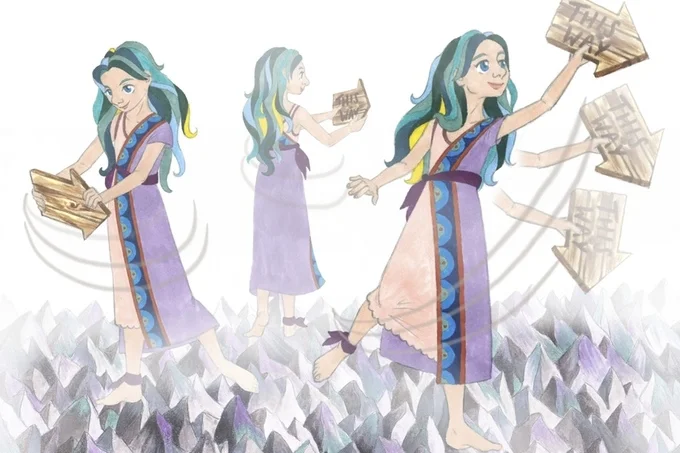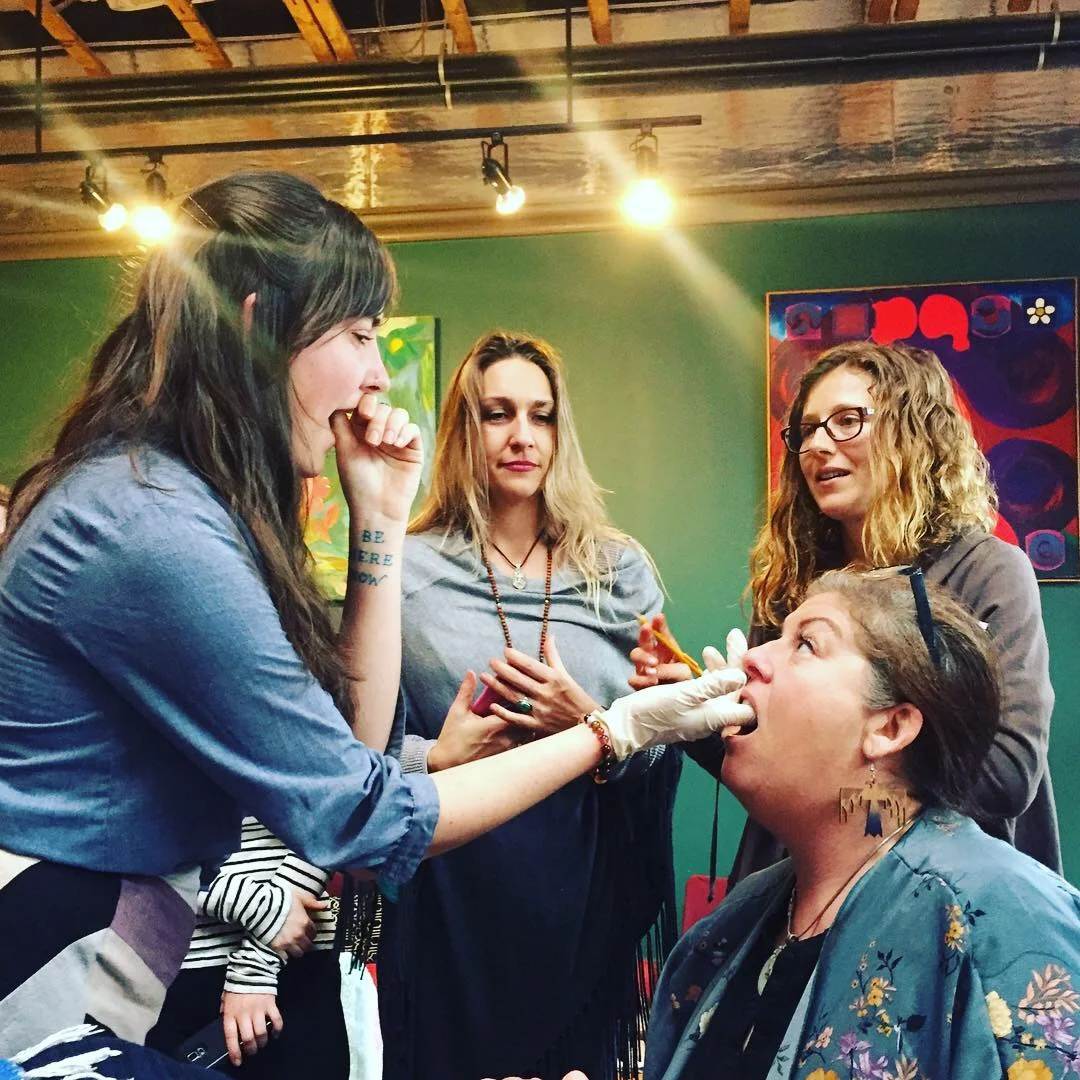Healing Through Rolfing: Interview With Aline Wachsmuth
When I first discovered Aline Wachsmuth's Rolfing practice, True Balance Rolfing, in Sausalito, I knew I'd come across a gifted healer. With her passion for anatomy and intuitive sense of the body, she got straight to the issue at hand - some scar tissue that was causing problems from an old torn hamstring. As an added bonus, not only did I start to feel better in my body, but the healing worked for my state of mind too. I'd leave her sessions feeling strong, flexible, and uplifted. As we could all use a little healing these days, we asked Aline some questions to find out more about her practice!
Rolfing is interesting because it's a type of body work aimed at healing emotional blocks as well injury to the physical body. Can you explain how emotional stress can factor into or cause physical stress?
Bonnie Bainbridge Cohen said "there is something in nature that forms patterns. We, as part of nature, also form patterns. The mind is like the wind and the body is like the sand; if you want to know how the wind is blowing, you look at the sand." Sometimes the connection between the body and mind is so intertwined that it can be hard to differentiate which gets triggered first. Regardless, it is clear that our physical body reacts to emotions like fear, worry, anxiety and stress. Repetition of these patterns deepens them over years and years, not to mention more significant traumas that get stored in the tissue and nervous system. Rolfing mostly works with the fascia, or connective tissue which can affect how our inner landscape is expressed externally. Our goal is to integrate them so there is an honesty and grace, a clarity and fluidity in how we feel and how we communicate with the world around us.
I've become more flexible after having several Rolfing sessions, even after an injury I was told would never perfectly heal. How is this possible? And how does Rolfing work help to heal the body?
Our bodies respond to injuries by creating a protective padding, or a thickening of fascia, sometimes called scar tissue. After the acute stage of an injury has passed, we work to soften those thickenings to allow for more gliding of the layers of connective tissue. This allows the body to heal itself more efficiently, creating more organization for long term functioning. Thickness of the tissue leads to stiffness, immobility, and ultimately pain, causing more dysfunction and closes the vicious cycle through more avoidance of movement...ugh. It makes me tired just thinking about it. Having someone help you break through these "stuck places" and move into new movement patterns can make it easier for your body (and mind) to gain momentum in the right direction of hope and healing.
We hear a lot about loosening fascia, thanks to the foam-rolling trend. How is this similar and/or different?
Foam rolling and other methods like Melt are great self care approaches to address specific areas in the body that get tight. The difference with Rolfing is that it looks at the complexity of fascia as an organ of form. How does the entire web, fabric, sweater, wet suit...whatever image works for you...get affected and involved? So instead of chasing symptoms and thinking linearly, we are really questioning the cyclical, three dimensional nature of the body so more long term results can be found.
How does Rolfing work to help heal past emotional trauma?
By repeatedly using the work as a chance to come into the present moment. To use the breath as a way to move through the physical sensations with full awareness. This practice is what it's about. To integrate inner and outer. From my personal experience receiving the work, things come up and move out of my body, making it easier to let go of the past and tune into what's true right now.
Why do I feel so energized after a Rolfing session?
Because you're not having to work so hard to fight the relentless force of gravity! With fascial restrictions in the way, your body literally moves around the line of gravity, making it less efficient and more work to sit, stand, and move through your daily routines. When your body is organized around "the line", you feel more aligned and connected to source, giving you a greater sense of vitality.
Is the healing permanent as the body re-aligns after several Rolfing sessions?
It can be...Depending on how you use your body and the movements you choose to create. The more you revisit the sensations of lightness and ease, the more easily accessible they become. Finding structural balance is a process, a journey rather than a destination. Especially as the use of technology is distracting us from our physical experience, I think it's becoming essential for us to take time to maintain a strong mindbody connection. Gyrotonics, pilates, Alexander technique, Feldenkrais, and many other subtle physical practices can be excellent tools to continue deepening the work of Rolfing.
What are some of the most common misalignments you see?
Probably the most disorganized place in people is the feet and ankles. I think stiff and thickly padded shoes and orthotics have caused some serious regression in how we use and "understand" our bodies. Usually I see problems evolve from the feet up into the spine, though there are many cases in the opposite direction also. Another big one is the forward head posture from people constantly looking down at their iphones. I spend a lot of time with people lengthening sternal fascia and up into the front of the neck. Chin up friends (especially after the election)...
What inspires you most about your work?
Every client that comes to work with me is so unique and interesting. The challenge of the complexity of the work fires me up everyday. I love working with my hands, my mind and my heart. I feel honored that people trust me with their bodies and hope that my understanding of the work, manual skills and intuition will continue to grow and deepen so I can continue helping people inhabit their bodies fully.
To find out more about Aline's work or to book an appointment, please visit her website.
Photo: Courtesy of Aline Wachsmuth








